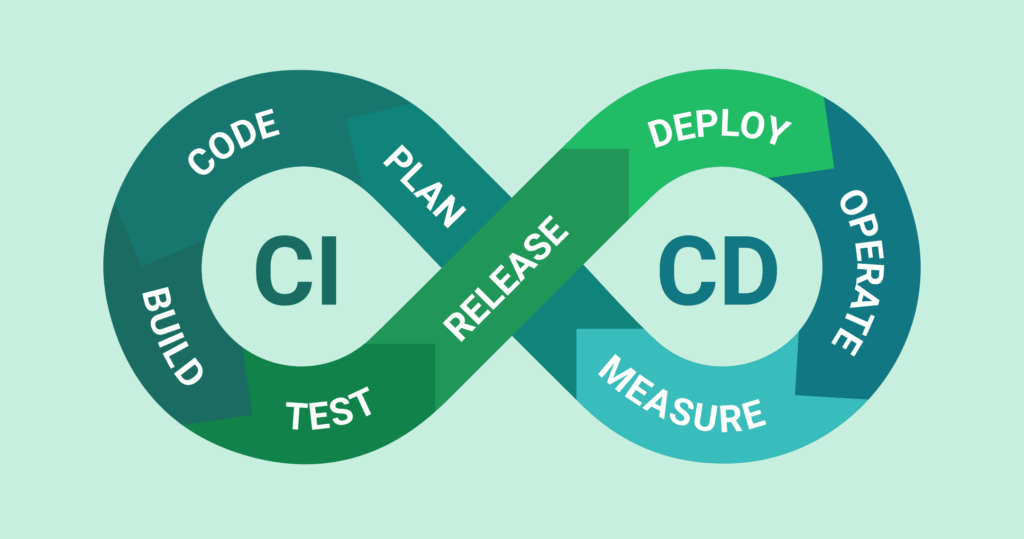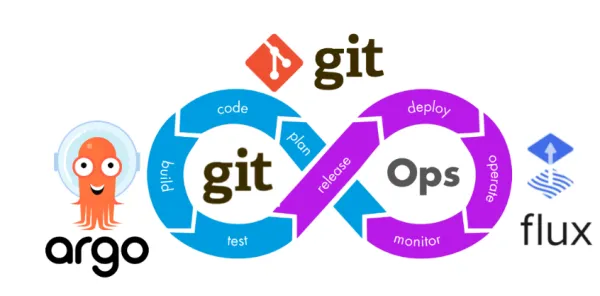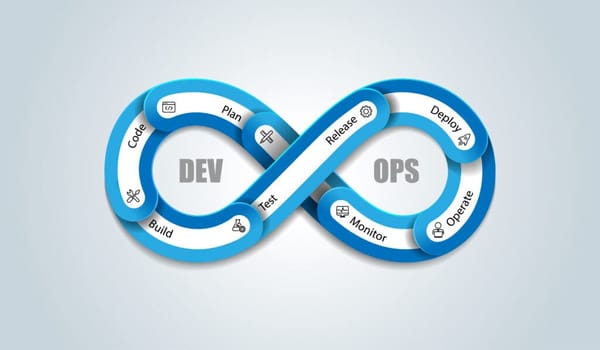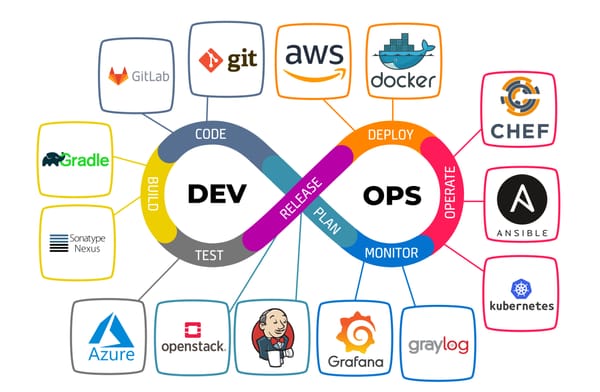Continuous Integration (CI) and Continuous Delivery/Deployment (CD) are essential practices in modern software development, enabling teams to ship features quickly and reliably. A well-implemented CI/CD pipeline automates testing, building, and deployment, helping developers to continuously integrate new code and deliver it to production with minimal manual intervention. However, for CI/CD to be effective, following best practices is critical. In this blog post, we'll explore key CI/CD best practices to streamline your software delivery process.
1. Automate Everything
The core principle of CI/CD is automation. Any manual process in your development workflow can introduce delays and human errors. Aim to automate:
- Builds: Automate the build process for every code commit. This ensures that code is compiled and assembled correctly.
- Testing: Include automated testing (unit tests, integration tests, etc.) in your pipeline to ensure code quality.
- Deployments: Automate deployment to staging and production environments so that code reaches users faster without human intervention.
By automating everything, from code commit to production deployment, you speed up the release cycle while reducing the risks of errors.
2. Run Tests Early and Often
An essential part of CI is running automated tests frequently to catch bugs early in the development cycle. This includes:
- Unit tests: Test individual components in isolation to ensure that small parts of the codebase function correctly.
- Integration tests: Validate the interactions between components and systems.
- End-to-end tests: Simulate real user behavior to ensure the application works as expected from a user’s perspective.
Use a "shift-left" testing strategy, running tests as early as possible (preferably on every commit). This allows developers to catch issues before they escalate, reducing the cost of fixing bugs later in the development lifecycle.
3. Use a Trunk-Based Development Workflow
In a trunk-based development model, developers commit small, frequent changes to a shared branch (often referred to as the "main" or "trunk" branch). This practice minimizes merge conflicts and integration issues. Some key benefits include:
- Faster feedback: By merging small changes frequently, you get faster feedback on the quality and stability of the code.
- Reduced complexity: Long-lived feature branches can become difficult to manage. Trunk-based development avoids the complexity of large, infrequent merges.
Using trunk-based development, your CI/CD pipeline can better accommodate rapid iterations while keeping the codebase stable.
4. Ensure Fast Feedback Loops
The speed of your CI/CD pipeline is critical. Slow feedback can hinder developer productivity and reduce confidence in deployments. Key practices to ensure fast feedback include:
- Parallel execution: Run tests in parallel to speed up the CI process.
- Test prioritization: Run critical tests first to catch major issues early, while running non-critical tests in parallel or asynchronously.
- Optimize build times: Cache dependencies and use build tools that allow incremental builds.
A fast feedback loop allows developers to quickly detect and fix issues, ensuring they can continue working efficiently without waiting for long build times.
5. Implement Continuous Deployment Cautiously
While continuous integration and delivery (where code is automatically tested and staged for release) are recommended for most projects, continuous deployment (automatically releasing every change to production) requires caution. Ensure that:
- Strong test coverage: A robust suite of automated tests is essential to prevent broken code from reaching production.
- Feature flags: Use feature flags to release changes gradually, allowing you to disable features quickly if they cause issues.
- Monitoring and rollback: Implement monitoring and alerting to catch issues in production early. Ensure that you can roll back deployments if problems arise.
While continuous deployment can accelerate release velocity, it's critical to have safeguards in place to avoid introducing bugs to end-users.
6. Use Environment Parity
Maintain consistency across different environments (development, staging, production). The "works on my machine" problem occurs when environments are not configured the same, leading to unexpected behavior in production.
Best practices include:
- Infrastructure as Code (IaC): Use tools like Terraform, Ansible, or Kubernetes to define and version control your infrastructure. This ensures consistency across all environments.
- Containerization: Use Docker or similar container technologies to encapsulate your application and its dependencies, ensuring it runs consistently in any environment.
Environment parity minimizes surprises during deployment and ensures a smooth transition from development to production.
7. Implement Security Early in the Pipeline (DevSecOps)
Security should not be an afterthought. Integrating security checks into your CI/CD pipeline helps to catch vulnerabilities early and ensures that you're delivering secure software. Common security practices include:
- Static code analysis: Use tools like SonarQube to identify security vulnerabilities in the codebase.
- Dependency scanning: Scan for known vulnerabilities in third-party libraries and packages.
- Secrets management: Ensure sensitive information (like API keys or passwords) is not hardcoded or exposed in code repositories. Use tools like HashiCorp Vault or AWS Secrets Manager.
By integrating security into your CI/CD pipeline, you enforce "security by design" and reduce the chances of deploying insecure code to production.
8. Version Your Builds
Every build that passes through the pipeline should be versioned uniquely. Versioning ensures that you can trace any deployment back to the source code, making debugging easier and offering accountability. Common strategies include:
- Semantic versioning: Use semantic versioning (e.g.,
v1.0.0) to keep track of major, minor, and patch updates. - Git commit hashes: Embed Git commit hashes or timestamps into build identifiers for precise traceability.
Versioning helps to identify which specific build introduced bugs or regressions and allows for more controlled deployments.
9. Monitor and Analyze Metrics
CI/CD doesn't end once the software is deployed. Monitoring the performance and behavior of your applications is just as important as building and testing them. Practices include:
- Application performance monitoring (APM): Use APM tools (e.g., New Relic, Datadog) to track your application's performance in real-time.
- Logging: Implement centralized logging to collect and analyze logs from across environments, which can help with debugging issues in production.
- CI/CD metrics: Monitor the health of your CI/CD pipeline by tracking key metrics like build time, deployment frequency, and failure rate.
Monitoring helps you identify issues early and provides insight into how your CI/CD process performs over time.
10. Review and Improve Your Pipeline Regularly
CI/CD is not a "set it and forget it" system. Your pipeline should evolve as your team and project grow. Regularly review:
- Pipeline efficiency: Identify bottlenecks and areas of improvement. Could build times be reduced? Are there redundant stages?
- Testing coverage: Ensure new tests are added as features grow, and remove outdated tests that no longer provide value.
- Team feedback: Engage your team to gather insights on where the CI/CD process could be improved.
By continuously improving your pipeline, you ensure that it remains efficient, effective, and scalable.
Conclusion
CI/CD is a critical part of modern software development, enabling teams to deliver faster and with greater confidence. By following these best practices—automating processes, ensuring fast feedback, embracing security, and continually monitoring and refining your pipeline—you can streamline your development workflow and deliver high-quality software more efficiently.
The key to CI/CD success lies in continuous improvement. As your project grows, so should your pipeline. Prioritize automation, testing, and collaboration to build a CI/CD pipeline that scales with your team and application needs.







